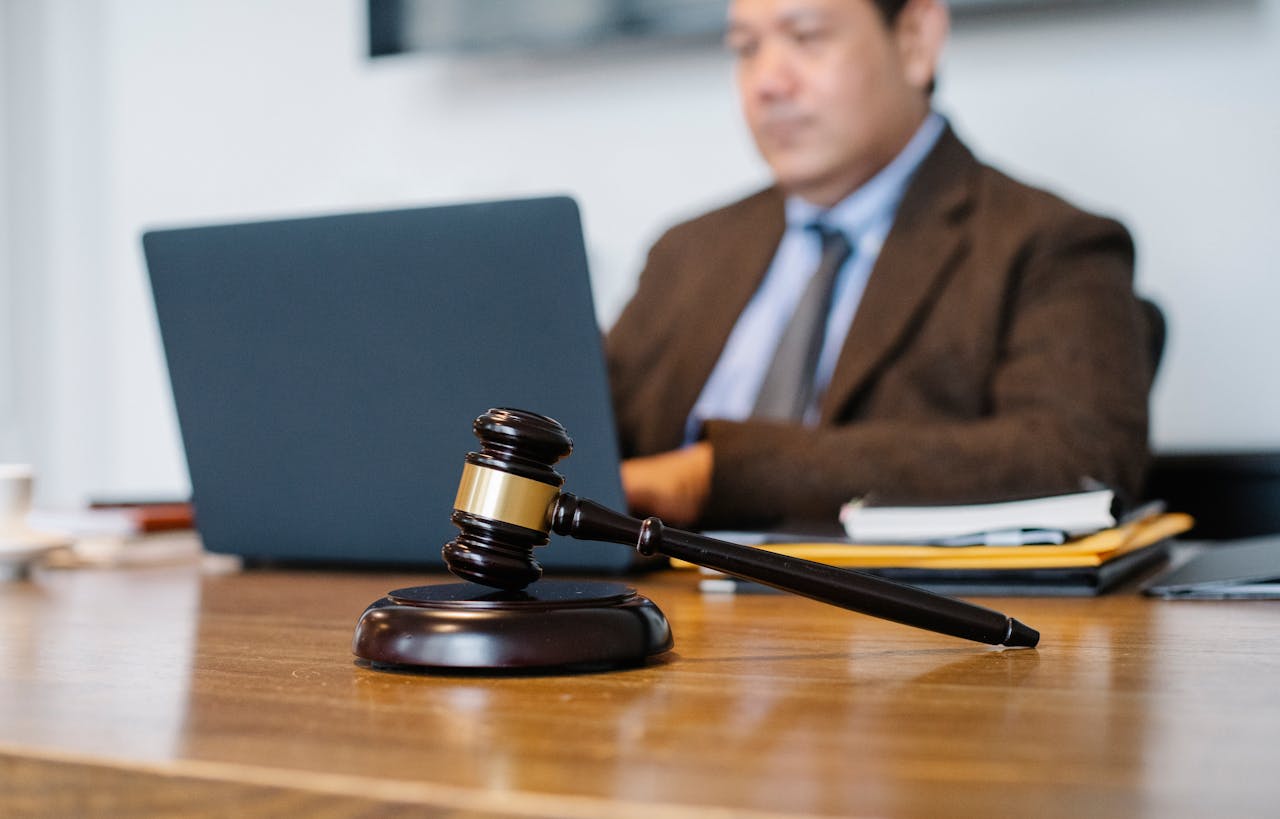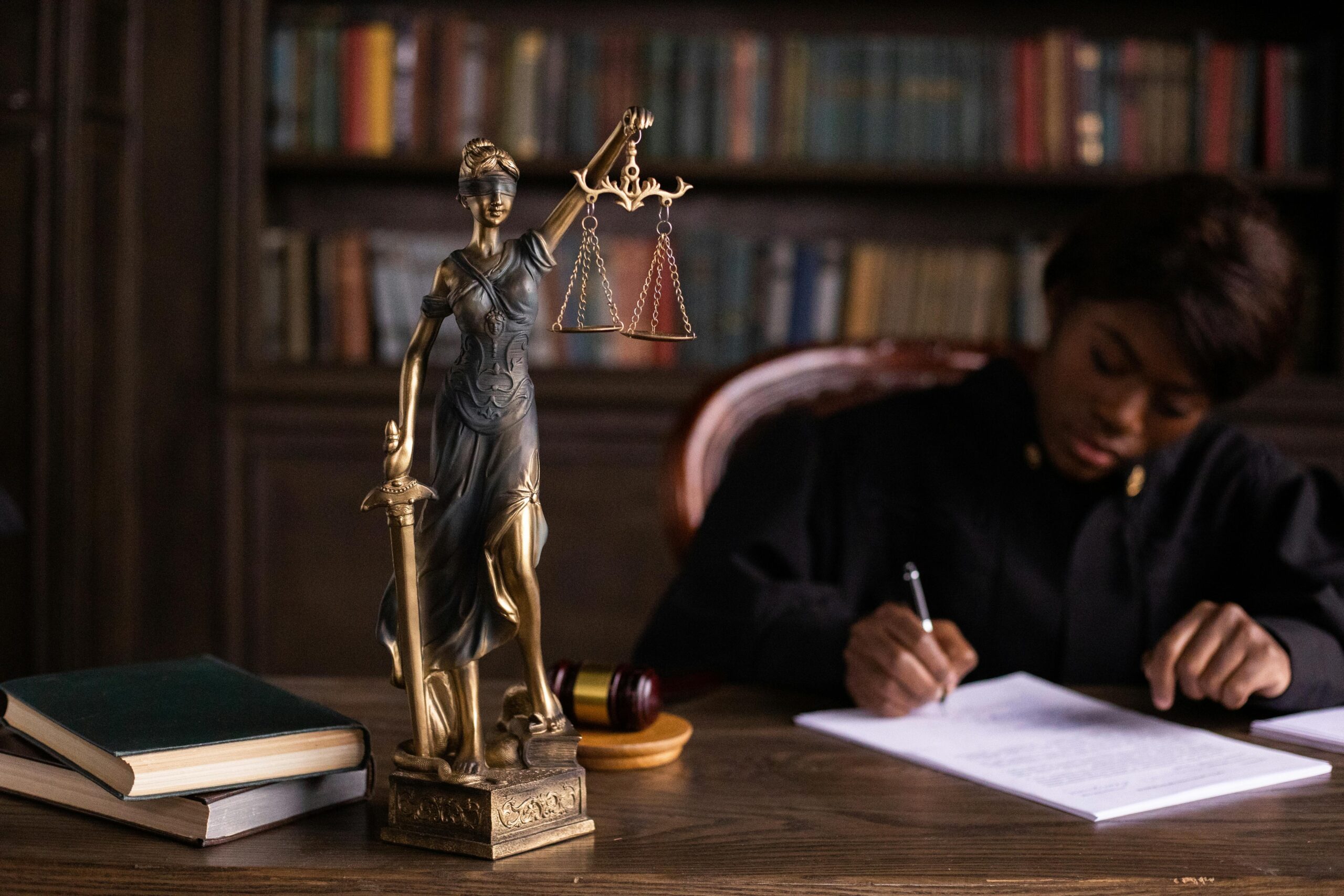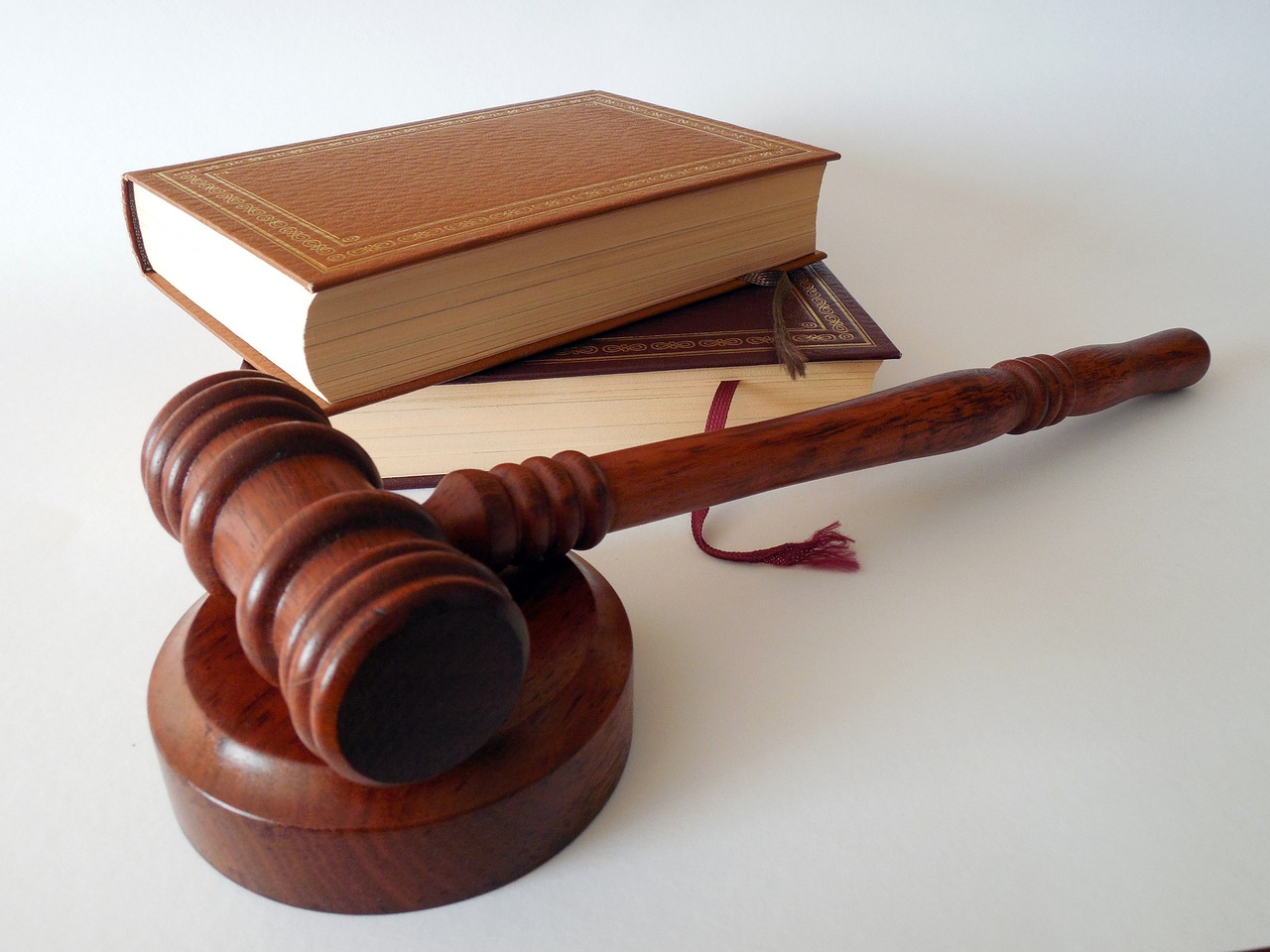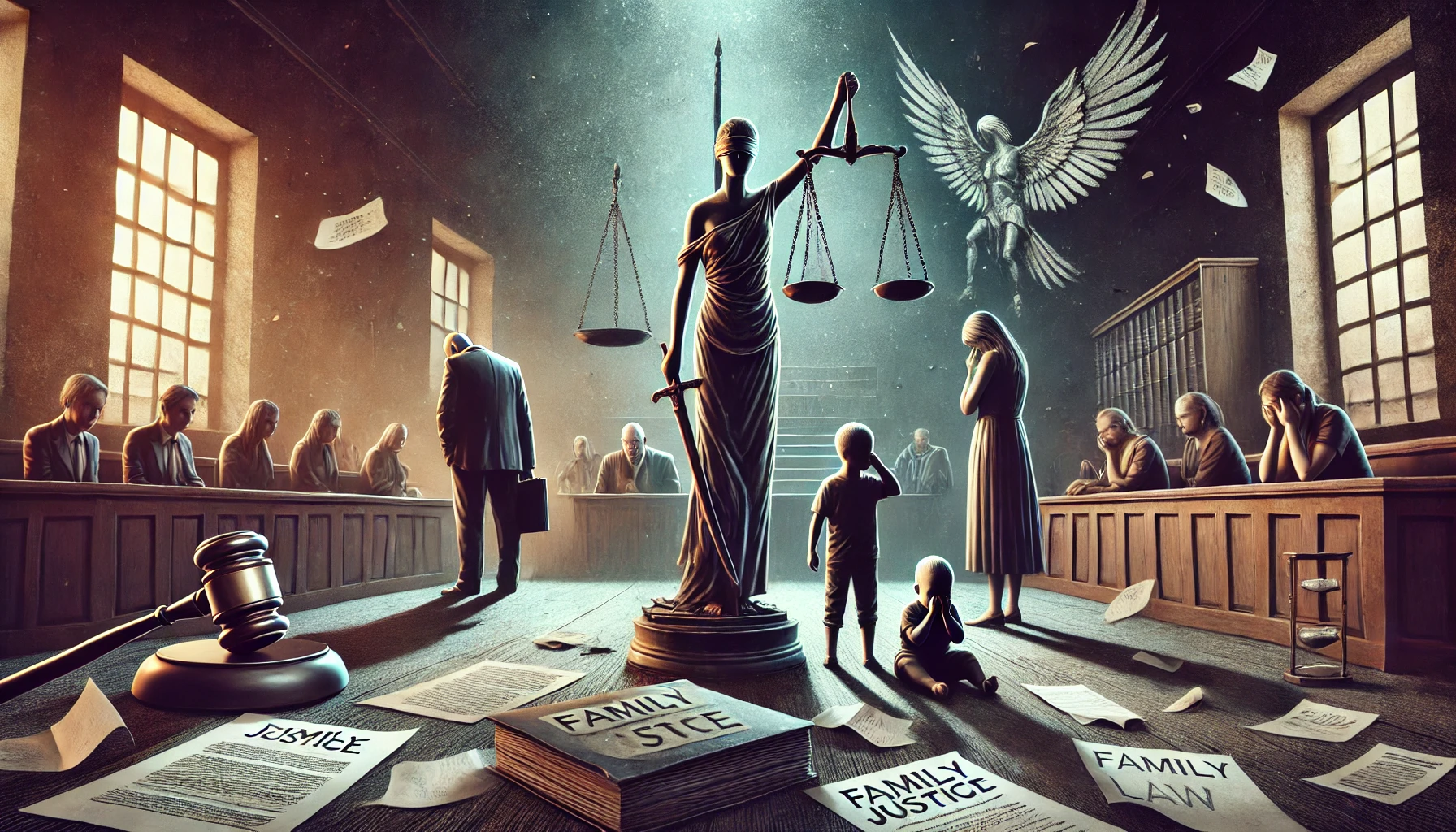Authored By: PARAG PARIJAT NATH
Siksha 'O' Anusandhan National Lnstitute of Law
Abstract
The primary constitutional mechanism safeguarding Fundamental rights against arbitrary state action is provided under Article 13 of the Indian Constitution which has cherished its path from the India’s colonial era. This provision draws its inspiration from the American judicial review principle and the determination of the Constituent Assembly to establish rights for the people of the country. This article works on dual framework i.e. making inconsistent pre-constitutional law void ab intio and simultaneously prohibiting future laws to deviate from the basic feature and structure of the constitution.
This article has moved from being a narrow tool to being a constitutional guardian through the landmark cases like Kesavananda Bharati and Maneka Gandhi case. Key doctrines including severability, eclipse, and non-waiver have strengthened its application, while the Basic Structure Doctrine has reinforced its supremacy over legislative amendment. Despite operational limitation it stands as a constitutional sentinel, ensuring democratic governance, protecting privacy while preserving individual’s freedom and providing fundamental rights to every person of the country.
Introduction
In the grand tapestry of India’s constitutional democracy, the Fundamental rights are protected in Part III, designed to protect citizens against the arbitrary state laws. These rights form the bedrock of the nation, ensuring basic choices to every citizen of the country. However, just listing the provisions are worthless if the constitution doesn’t have strong ways to protect people from the unjust actions undertaken by the government. This is precisely where Article 13 of the Constitution undertakes its profound importance, acting as a constitutional guard against any legislative or executive overdo. This is done by unequivocally affirming that any law inconsistent with or in derogation of the Fundamental rights shall be void, Article 13 establishes the principle of judicial review, by empowering courts to check whether the law respect those rights or not. In an era of rapid technological advancements, where new laws often pose unprecedented challenges to individual privacy and liberty, here the role of Article 13 as a guard against potential misbehaviors has become more critical than ever and stands as the constitutional sentinel guarding liberty.
Research Methodology
In order to comprehensively explore the role of Article 13 as a constitutional safeguard, this article adopts a doctrinal and analytical research methodology. The doctrinal approach relies primarily the text of the Constitution of India, the authoritative statements along with analytical research from books, journals and case laws. This blended methodology is chosen for its capacity to provide a balanced, nuanced, and critical understanding of Article 13, grounding the analysis in established legal doctrine while also engaging with evolving academic perspectives.
Legal Framework
The origin of Article 13 is way back from India’s colonial past, a period characterized by situation at which India shouldn’t be present. The arbitrary nature of British rule, which frequently prioritized administrative ease over individual rights, catalyzed an important nationalist petition for a bill that was not purely hopeful but justiciable, which was heavily influenced by the judicial review system embedded in the United States Bill of Rights, Indian founders wanted to create a system where Fundamental rights were actively protected from legislative violations. This idea was powerfully expressed during the Constituent Assembly debates, where top names like Dr. B.R. Ambedkar categorically described the provision (then Draft Article 8) as a set of explicit “limitations on the power of the state” to make laws, ensuring that the legislature could not be a tyrant. He stressed out that if a law infringed upon the Fundamental rights, it would be “invalid from its very inception.” This historical context established the foundational purpose of Article 13 i.e. to serve as a formidable barrier against unfair or harsh government actions.
The structure of Article 13 is precisely designed to achieve the above objective through its various clauses. Clause (1) addresses pre-Constitutional laws declaring them as void to the extent that they are inconsistent with the Fundamental rights as enumerated in Part III. This clause effectively subjected the existing body of law to the new constitutional standard. Complementing this, Clause (2) imposes a prospective prohibition, and addresses post-Constitutional law and this explicitly excludes Parliament and state legislatures from creating any new law that “takes away or abridges” the rights conferred by Part III. Any law made in contravention of this clause is declared void and ultra-vires to the extent of the contravention. In both the cases declaration is necessary under the Supreme Court.
Article 13(3) provides an expansive and inclusive definition of “law” and “laws in force”, ensuring that the state doesn’t evade the constitutional mandate through tricky legal instruments. It specifies that “law” includes “any ordinance, order, bye-law, rule, regulation, notification, and even customs or usages having the force of law”. It acts as a safeguard, ensuring that the government can’t make laws that take away basic human rights. The term “laws in force” refers to existing laws that were passed before the constitution came into force and since then they haven’t been repealed.
Article 13(4) introduced by the 24th Amendment, and the Ninth Schedule were introduced inorder to nullify the effects of Sajjan Singh Case. In this case the Court stated that Parliament had the power to amend any part of the Constitution, including Fundamental rights, under Article 368. The Supreme Court, in the landmark case of Kesavananda Bharati v. State of Kerala (April 24,1973), held that the constitutional amendment is not lawful and hence no judicial review will be provided. The Court also held that Parliament can make laws but not hamper it. This principle was later reinforced in I.R. Coelho v. State of Tamil Nadu, where the Court held that even laws made in the Ninth Schedule after 1973 would be open to challenge if they violated the basic structure of the Constitution, thereby confirming judicial review as the ultimate supporter of constitutional supremacy.
Judicial Interpretation
The judicial interpretation of Article 13 has evolved dramatically as in the early years; the Supreme Court adopted a narrow and strict approach. In A.K. Gopalan v. State of Madras, where Fundamental rights were viewed in rigid. The Court held the term “law” simply meant laws made by government and not just fair principles which meant that even if the law was properly made even though it was unfair, it wouldn’t be revoked based on Article 13 alone. This reflected a deep-seated respect for legislative supremacy inherited from the British parliamentary tradition.
A revolutionary turning point in Indian constitution occurred with the landmark decision in Kesavananda Bharati v. State of Kerala. While the case primarily dealt with the scope of Parliament’s amending power, it primarily changed the constitutional landscape by establishing the “Basic Structure Doctrine.” The judgment in this case breathed new life into Article 13, transforming it from a static provision into a dynamic tool for preserving the Constitution’s core beliefs. This was carried forward in Maneka Gandhi v. Union of India, which explicitly overruled the narrow interpretation of A.K. Gopalan by widening the scope of judicial review. The Court introduced a more liberal and goal-directed approach, holding that Fundamental rights are not mutually exclusive but are interconnected and must be read together. It established that any procedure established by law under Article 21 must be fair, just, and reasonable, not arbitrary or oppressive and connected the Article 14,19 and 21 into a “golden triangle” .
The Supreme Court unanimously affirmed the right to privacy as a Fundamental right protected under Article 21 in the groundbreaking case of Justice K.S. Puttaswamy v. Union of India. This judgement now covers complicated issues like data protection and state surveillance and has profound implications on Article 13. In case of Anuradha Bhasin v. Union of India, the judiciary now actively applies the test of Article 13 to examine laws and state actions related to internet shutdowns, digital surveillance, online content regulation. In doing so, the judiciary has unequivocally reinforced its role as the main protectors of Fundamental rights, ensuring that the constitutional custodian, Article 13, remains vigilant and adaptive in the face of new and evolving challenges to law.
Critical Analysis
Article 13 has become basic principles of Indian constitutional law. The Doctrine of Severability, i.e. “to the extent of such inconsistency be void” established in cases like A.K Gopalan vs St. of Madras, State of Bombay v. F.N. Balsara, the judiciary can remove only the provisions of a statute that are unconstitutional, thus preserving the rest of the law if it can stand independently. Similarly, the Doctrine of Eclipse was expressed in Bhikaji Narain Dhakras v. State of M.P., that a pre-constitutional law inconsistent with Fundamental rights is not entirely void but remains dormant or “eclipsed” and comes back into force as soon as this eclipse is removed. Furthermore, the Supreme Court, in Basheshar Nath v. Commissioner of Income Tax held that the Fundamental rights cannot be waived by an individual because it is for the public policy. In L. Chandra Kumar v. Union of India, the SC held that the power of parliament under Article 323A and 323B is upheld and the power of judicial review for High Court under Article 226 and 227 and that of Supreme Court under Article 32 are a part of Constitution’s basic structure.
Despite its profound impact, the operation of Article 13 is not without its limitations and challenges. For decades, a significant confusion persisted about whether the term “law” in Article 13(2) included constitutional amendments, leading to ongoing disagreements between Parliament and the courts. In the case of Shankar Prasad vs Union of India, the Court held that the Parliament can amend any laws including Fundamental rights under Article 368.This decision was later revoked and in the case of Golaknath vs State of Punjab (1967) where it was held that the parliament doesn’t have the power to amend the Fundamental rights under Part III of the Constitution. Finally, in the Kesavananda Bharati case a critical limitation i.e. the basic structure cannot be amended.
The excessive dependence on the judiciary to uphold constitutional values unintentionally reduces legislative accountability as Parliament can make unconstitutional laws with the belief that the court will act as a final safeguard. This has led to judiciary being a mode of law checker instead of law makers and this is not how it should work. Finally, there exists a continuous tension between the individual rights protected under Article 13 and the state’s alleged needs for governance, security, and public order. This difference is most evident in the continued use of preventive detention laws and the imposition of broad restrictions during emergencies, forcing the judiciary to constantly perform a delicate balancing act between fundamental freedoms and state interests.
Recent Developments
Article 13 has been actively being applied to address present-day legal challenges especially in prominent area of digital rights, reaffirming its status as a vital constitutional safeguard. The Supreme Court’s declaration of privacy as a Fundamental right in Justice K.S. Puttaswamy v. Union of India, Article 13 has become the prime tool for assessing the validity of surveillance programs and data protection laws. Legal scholars say that any law made by legislative or executive must meet three system requirements i.e. legality, necessity, and proportionality to make sure the government doesn’t get unchecked or unfair power over technology.
Simultaneously, the judiciary has actively acted to ensure that no one can use the outdated loopholes inorder to take away people Fundamental rights. In I.R. Coelho v. State of Tamil Nadu the Court gave a momentum judgment and ruled that any law placed in the Ninth Schedule after April 24, 1973, is not immune from judicial review. As analyzed by constitutional experts, this judgment effectively dismantled the “constitutional black hole” i.e. some laws could escape being reviewed even if they violated Fundamental rights but after this judgment no law can survive if it harms the core values of the Constitution. Thus, keeping the Constitution above any tricks by lawmakers.
Furthermore, courts continue to apply rigorous standards to laws concerning preventive detention. These laws could easily be abused to target the section of people who disagree with the government or the ones belonging to weaker section of the society. In a series of judgments, the Supreme Court has repeatedly stressed that any detention must treated fairly and all rules must be strictly followed and detention cannot happen on vague or arbitrary grounds. By expanding the scope of the “reasonableness” test and insisting on meticulous adherence to procedure, the courts use Article 13 to ensure that people’s right to life and liberty are met even when national security is involved so that the power of government does not go unchecked.
Suggestions and Way Forward
To confirm that Article 13 is strong and effective several steps must be taken. First, the court, as its primary enforcer, must be strengthened by making court move faster and using technology to handle pending cases faster, ensuring that justice is not delayed. The principle of regular check on laws in Ninth Schedule established from the I.R Coelho case should be followed rigorously.
However, it’s not the courts job to protect fundamental rights by spreading public awareness through widespread legal literacy campaigns, perhaps programs by bodies like the National Legal Services Authority (NALSA), is crucial to empower citizens to recognize and assert their rights as the first line of defense. Finally, with the upcoming challenges like Artificial intelligence and use of data by government the meaning and use of Art. 13 has changed and courts must update how they protect rights keeping in mind that fundamental rights is the basic principle of the Constitution.
Conclusion
In simple terms, Article 13 stands as the Constitution’s main protector, simultaneously giving real power to Fundamental rights and making sure that the Constitution is above every law made by the parliament. The power of Article 13 has increased overtime and it gives us a solid legal foundation upon which laws are made, power of government is checked and it acts as a basic structure of the Constitution. The journey from being rigid to being flexible and goal-oriented shows how adaptable Article 13 is. Ultimately, a forward-thinking way is essential to protect people’s freedom and their rights and ensure that law always serves and protects our rights and no the other way around.
Reference(S):
- Books
- Granville Austin, The Indian Constitution: Cornerstone of a Nation (OUP 1966) 50
- MP Jain, Indian Constitutional Law (8th edn, LexisNexis 2018) 879
- Rohit De, A People’s Constitution: The Everyday Life of Law in the Indian Republic (Princeton University Press 2018) 35-37
- VN Shukla, Constitution of India (MP Singh ed, 13th edn, Eastern Book Company 2017) 40
- Upendra Baxi, The Indian Supreme Court and Politics (Eastern Book Company 1980) 25-28
- Gautam Bhatia, The Transformative Constitution: A Radical Biography in Nine Acts (HarperCollins 2019) 121-125
- Constitution
- Constitution of India.
- Case Law
- Kesavananda Bharati v State of Kerala (1973) 4 SCC 225
- AK Gopalan v State of Madras AIR 1950 SC 27
- L Chandra Kumar v Union of India (1997) 3 SCC 261
- Justice KS Puttaswamy v Union of India (2017) 10 SCC 1
- Maneka Gandhi v Union of India (1978) 1 SCC 248
- Anuradha Bhasin v Union of India (2020) 3 SCC 637
- State of Bombay v FN Balsara AIR 1951 SC 318
- Bhikaji Narain Dhakras v State of MP AIR 1955 SC 781
- Basheshar Nath v Commissioner of Income Tax AIR 1959 SC 149
- IC Golaknath v State of Punjab AIR 1967 SC 1643
- Sri Shankari Prasad Singh Deo v Union of India AIR 1951 SC 458
- IR Coelho v State of Tamil Nadu (2007) 2 SCC 1
- Journal Articles
- Akhil Reed Amar, ‘The Bill of Rights as a Constitution’ (1991) 100 Yale LJ 1131, 1137
- Raju Ramachandran, ‘The Supreme Court and the Basic Structure Doctrine’ in Sujit Choudhry and others (eds), The Oxford Handbook of the Indian Constitution (OUP 2016) 159, 172–173
- Abhinav Sekhri, ‘Preventive Detention and the Rule of Law in India’ (2018) 11 NUJS L Rev 49, 52
- Gautam Bhatia, ‘The Ninth Schedule and the Basic Structure Doctrine’ (2007) Indian Constitutional Law & Philosophy
- Vrinda Bhandari and Renuka Sane, ‘Protecting Citizens from the State: The Case for a Data Protection Law in India’ (2018) 14 Indian J.L. & Tech. 1
- Government Reports
- Law Commission of India, Reforms in the Judiciary – Some Suggestions (Law Com No 230, 2009)
- Department of Justice, ‘Legal Literacy and Legal Awareness Programme (LLLP)’ (Government of India) https://doj.gov.in/legal-literacy-and-legal-awareness-programme-lllp/ accessed 21 July 2025





